When it comes to maintaining a healthy garden, choosing the right watering method is crucial. Different watering techniques can significantly impact plant health, water efficiency, and overall garden success. In this blog, we will explore various watering methods and help you determine which one is best suited for your garden’s unique needs.
1. Hand Watering

Hand watering is one of the most traditional and straightforward methods. It involves using a hose or watering can to manually water plants.
Pros:
- Control: Allows precise watering, ensuring each plant gets the right amount.
- Observation: Gives you a chance to inspect plants for pests, diseases, or other issues.
Cons:
- Time-Consuming: Can be labor-intensive, especially for larger gardens.
- Inconsistent: May lead to uneven watering if not done carefully.
Best For: Small gardens, container plants, and newly planted seedlings.
2. Sprinkler Systems
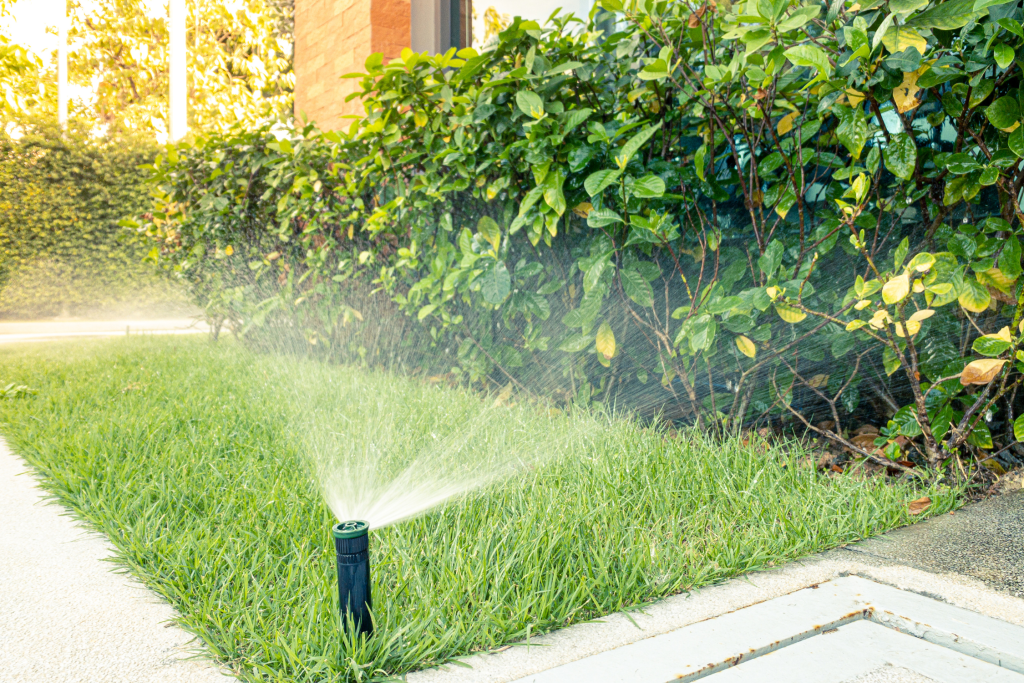
Sprinkler systems are popular for their ability to cover large areas and automate watering schedules.
Pros:
- Convenience: Automated systems can be set on timers.
- Coverage: Efficient for large lawns and gardens.
Cons:
- Evaporation: Water loss due to evaporation, especially on hot days.
- Diseases: Increased risk of leaf diseases from wet foliage.
Best For: Lawns, large flower beds, and established gardens.
3. Drip Irrigation
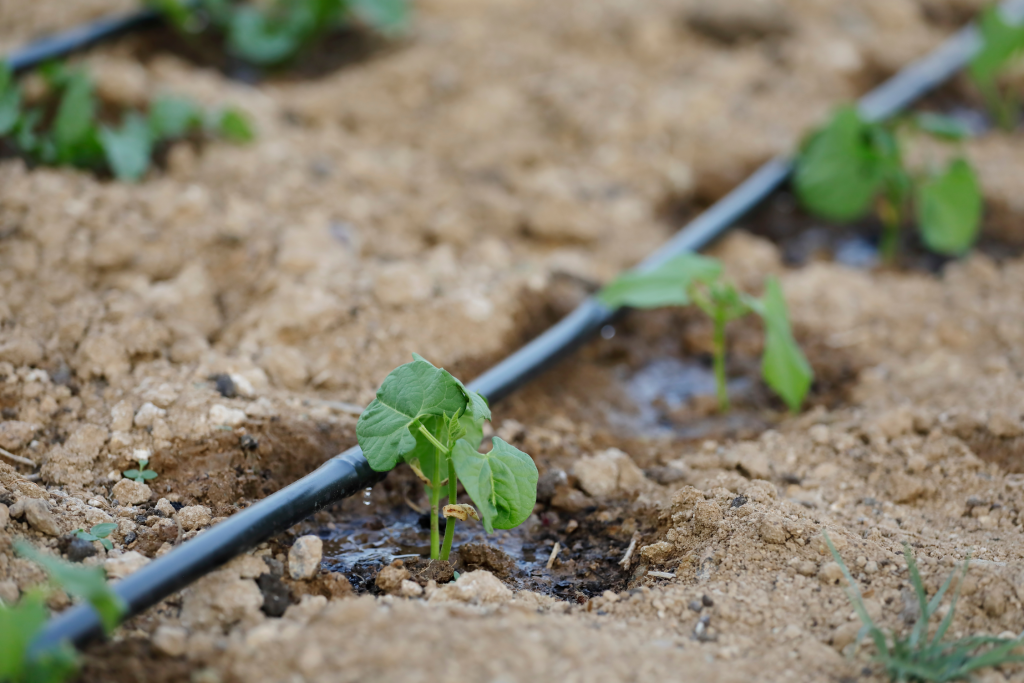
Drip irrigation systems deliver water directly to the soil at the base of plants through a network of tubes and emitters.
Pros:
- Water Efficiency: Minimizes evaporation and runoff.
- Root Health: Promotes deep root growth by providing consistent moisture.
Cons:
- Installation: Can be complex and initially expensive to set up.
- Maintenance: Emitters can clog and require regular maintenance.
Best For: Vegetable gardens, flower beds, and areas with drought-prone plants.
4. Soaker Hoses
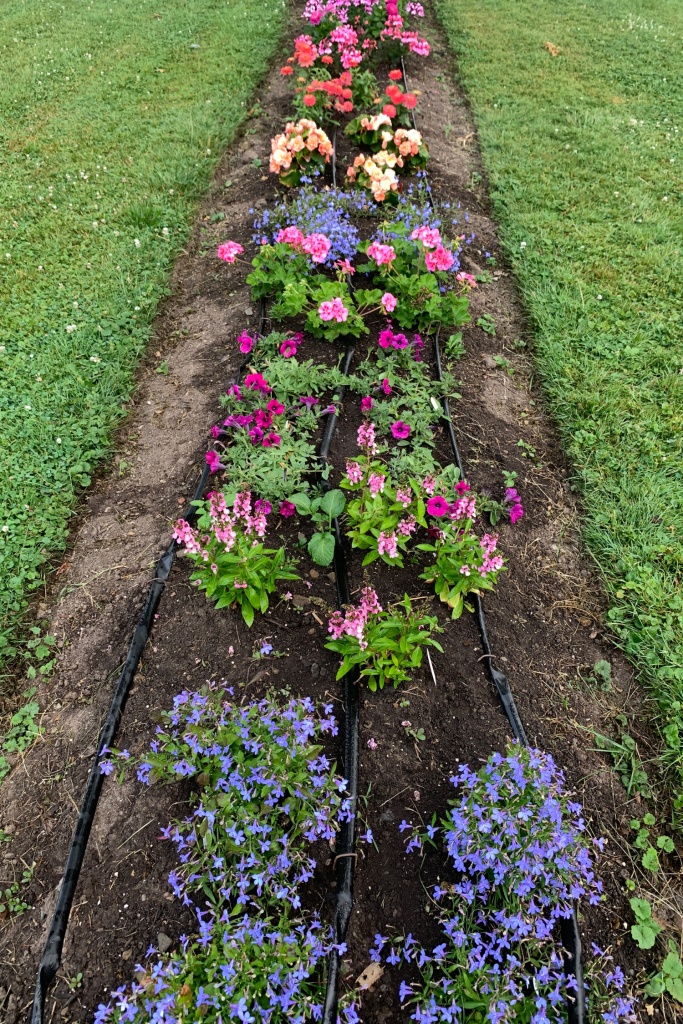
Soaker hoses are porous hoses that slowly release water along their length, directly into the soil.
Pros:
- Efficiency: Reduces water wastage and targets the root zone.
- Ease of Use: Simple to install and use.
Cons:
- Limited Reach: Best for garden beds rather than expansive lawns.
- Clogging: Can clog with soil particles over time.
Best For: Garden beds, shrubs, and perennial borders.
5. Wicking Systems
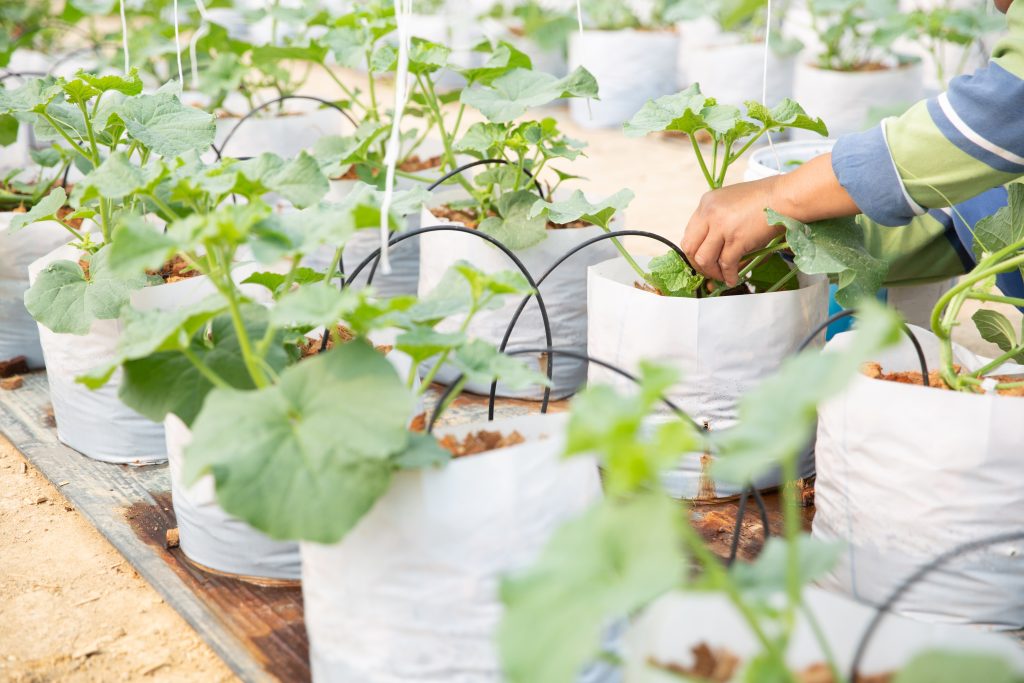
Wicking systems use capillary action to draw water up to plants from a reservoir.
Pros:
- Self-Watering: Provides a consistent moisture supply, reducing the need for frequent watering.
- Root Health: Encourages deep root growth.
Cons:
- Limited Use: Best suited for container gardening.
- Setup: Requires initial setup and periodic reservoir refills.
Best For: Container gardens, indoor plants, and small raised beds.
6. Rainwater Harvesting
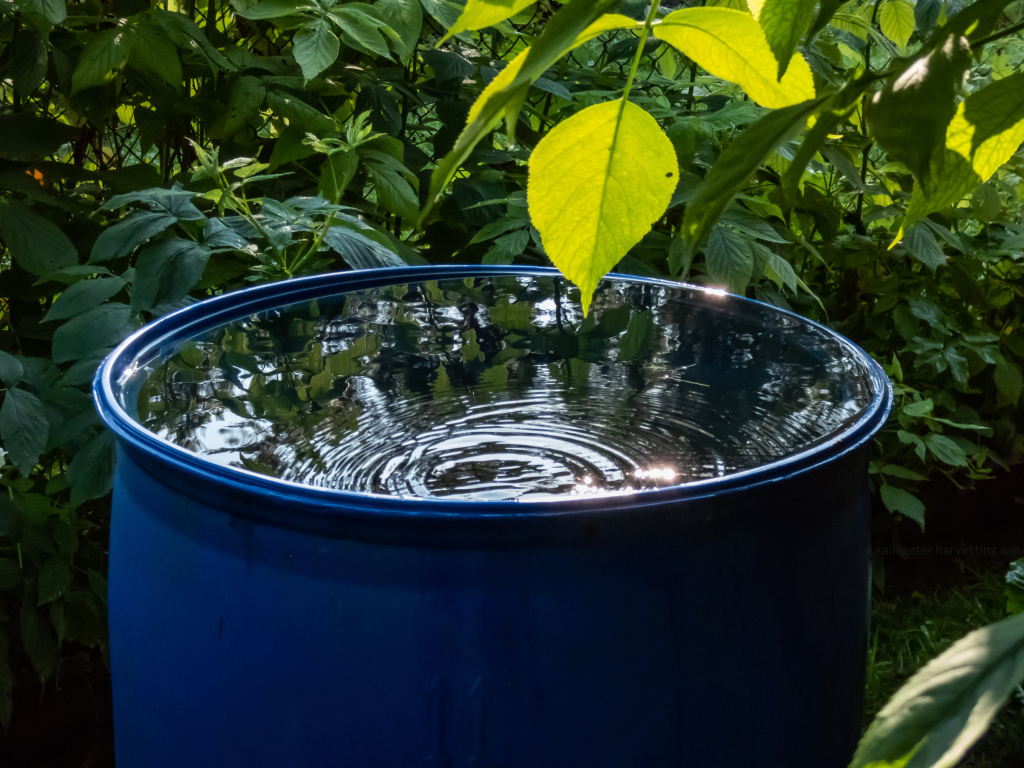
Collecting rainwater in barrels or tanks and using it to water your garden is an eco-friendly method.
Pros:
- Environmentally Friendly: Reduces reliance on tap water and lowers water bills.
- Natural: Rainwater is free of chemicals found in tap water.
Cons:
- Supply Dependent: Availability depends on rainfall.
- Storage: Requires space and proper setup for storage.
Best For: All garden types, especially in regions with regular rainfall.
Conclusion
Choosing the right watering method for your garden depends on various factors, including the size of your garden, the types of plants you have, and your budget and lifestyle.
- For small gardens and containers, hand watering and wicking systems are excellent choices.
- Larger gardens and lawns benefit from sprinkler systems and drip irrigation.
- For eco-conscious gardeners, rainwater harvesting is an ideal solution.
By understanding the pros and cons of each method, you can make an informed decision that will keep your garden healthy and vibrant.



